Often asked about Edward is the question: Was Edward IV the result of an affair Cecily Neville had with an archer named Blaybourne and not the son of the Duke of York at all? Carolina Casas wrote of this in her Duchess of York’s Reputation in her blog King Edward IV’s Paternity and The Duchess of York’s Reputation.
"Several historians have given credence to this myth arguing that Cecily conceived while her husband was away fighting at Pontoise. While the fact that York fought in Pontoise in August is true – it is in no way proof that Edward was the product of an illicit union. What none of these historians and novelists factored in however, is the time between conception and giving birth. Nowadays with modern science it is easier to predict when one conceives and one gives birth, but it is not an exact science yet. There will be mistakes. There will be factors that determine whether a pregnancy comes to term or not, whether the baby arrives at the exact date the doctor or midwife foresees is 50/50. Now imagine yourself in the first half of the fifteenth century with no modern medicine and only midwives and religious superstition to tell you whether you were pregnant or not, if the child you expected was a boy or girl, or if you were closer to term according to the fullness of your belly. Doesn’t sound like it would give us much accuracy, does it?"
But he didn't survive did he? He was dead at the age of just forty-one.
Edward was a complex character, he was well liked by his people, he was handsome, well built, strong and majestic. Yes, he was affable, but he was a fool, he was also ruthless, vengeful and irresponsible. In later years, for not thinking any further than personal pleasure, whether it be in bed or at table, Edward IV undermined all that his father worked so hard to achieve and shortened, not only the life of his younger brother, but the Plantagenet dynasty itself.
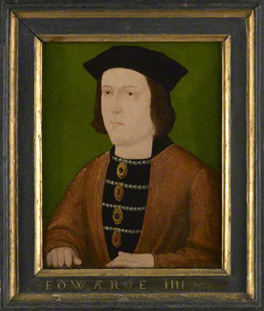
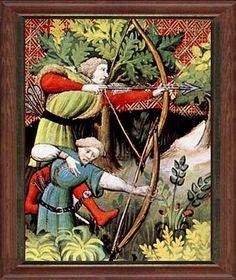
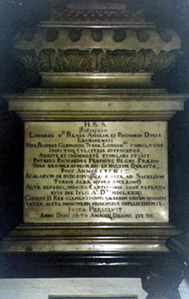
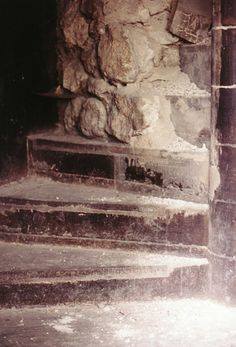
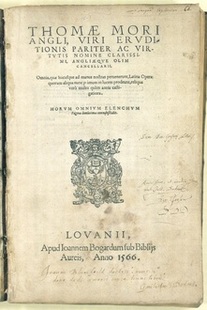
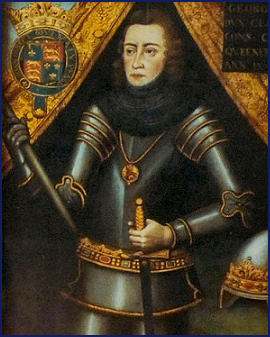
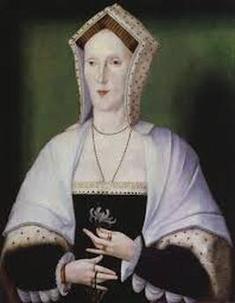
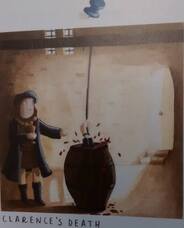
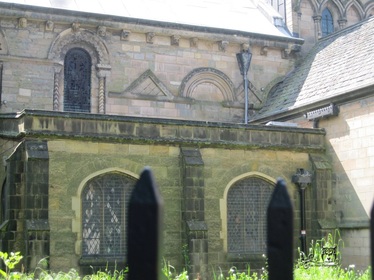
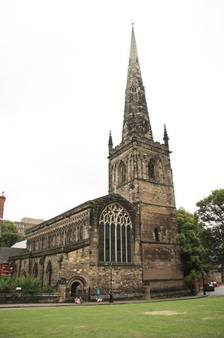
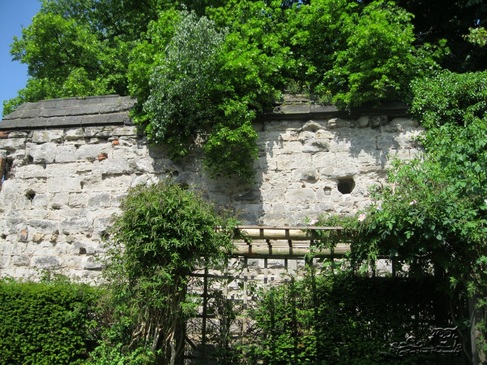
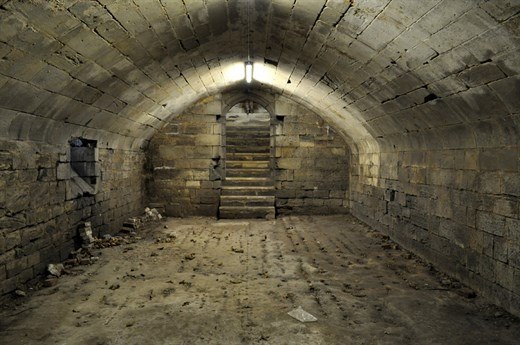
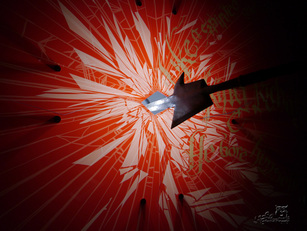
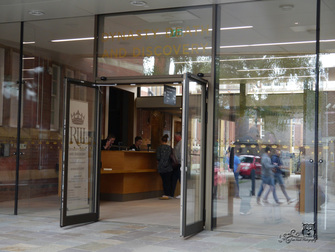
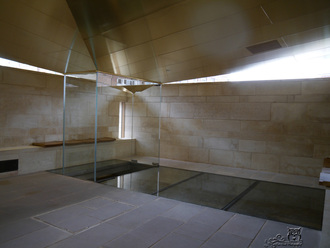
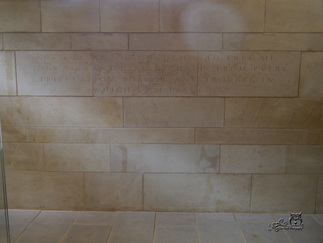
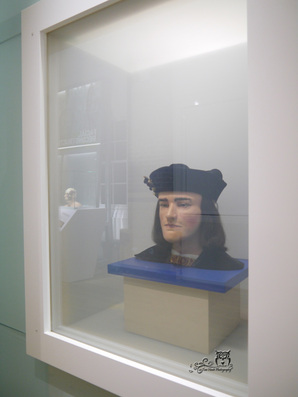
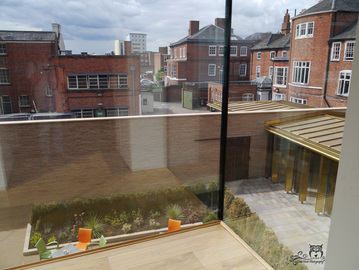
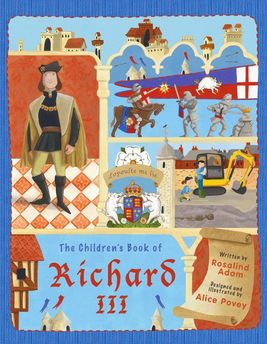
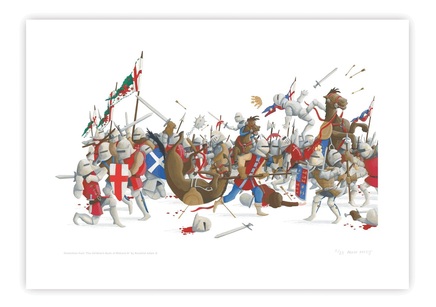
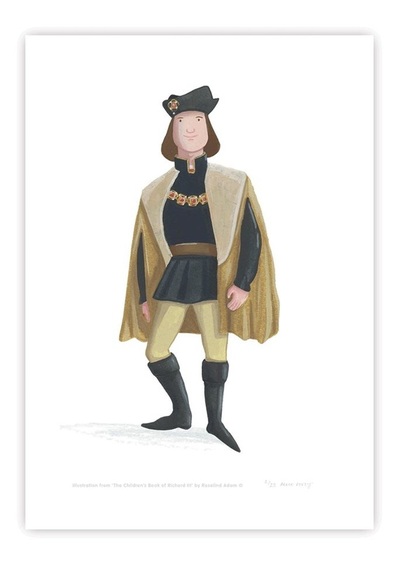
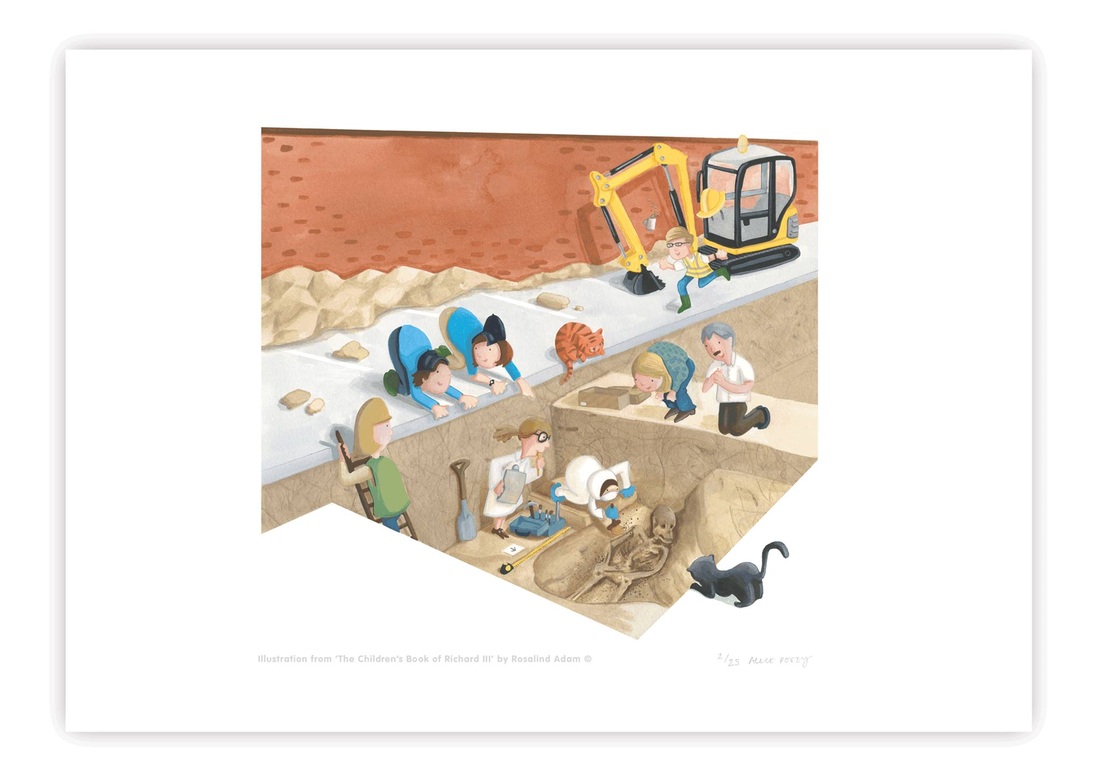
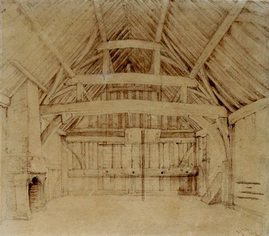
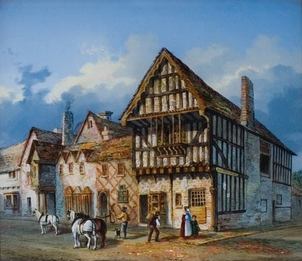

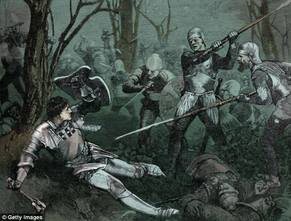
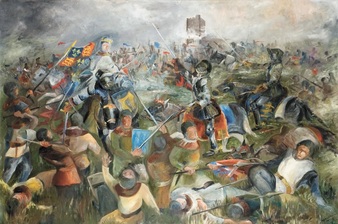
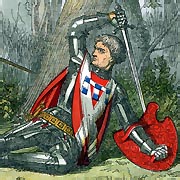
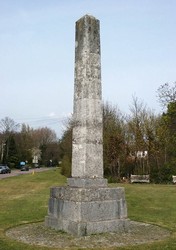
 RSS Feed
RSS Feed
